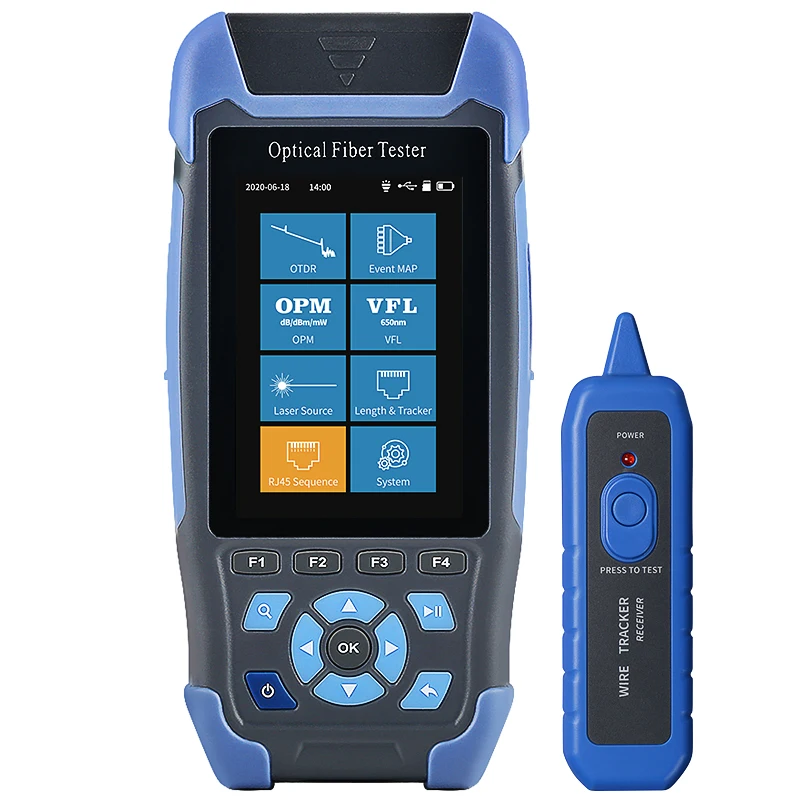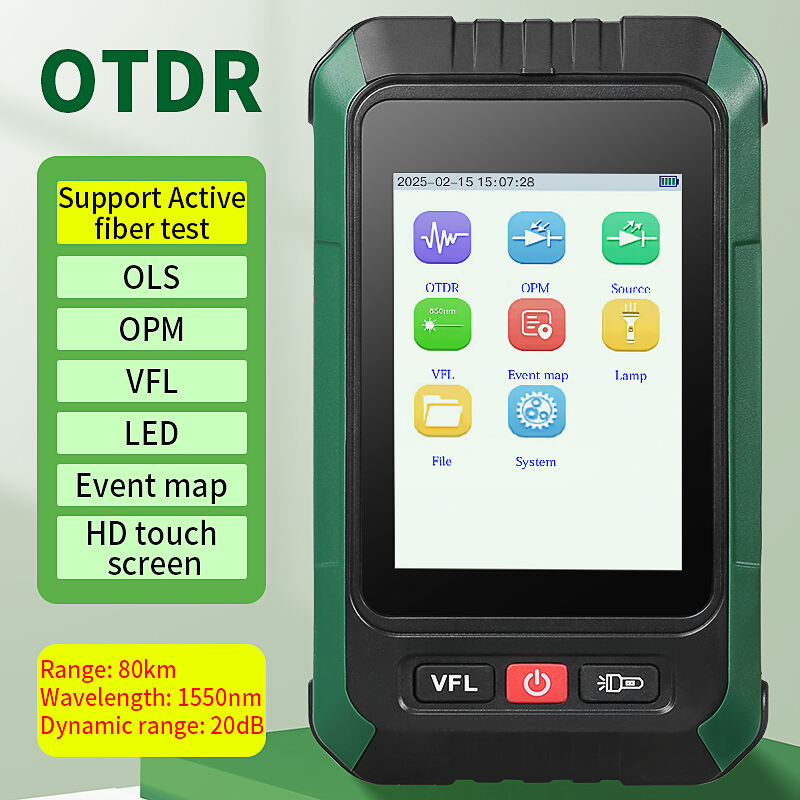The optical time domain reflectometer represents a groundbreaking advancement in fiber optic network testing and maintenance. This sophisticated device has become an indispensable tool for telecommunications professionals and network engineers who need to verify, troubleshoot, and maintain fiber optic installations with precision and efficiency. Understanding how this technology works is crucial for anyone involved in modern optical network infrastructure.

Fundamental Principles of OTDR Operation
Basic Operating Mechanism
At its core, an optical time domain reflectometer functions by sending short pulses of light into an optical fiber and analyzing the light that is reflected back. This reflection occurs due to various events along the fiber, including splices, connectors, bends, and breaks. The device measures both the time delay and intensity of these reflections, providing detailed information about the fiber's characteristics and potential issues.
Signal Analysis and Interpretation
The optical time domain reflectometer processes returned signals through sophisticated algorithms to generate comprehensive trace data. This data appears as a graphical representation showing signal loss over distance, enabling technicians to identify specific events and anomalies along the fiber span. The analysis includes Rayleigh backscattering, Fresnel reflections, and various forms of signal attenuation.
Key Measurement Parameters
Distance Measurement Capabilities
Modern optical time domain reflectometer systems can measure fiber spans ranging from a few meters to over 100 kilometers. The accuracy of distance measurements typically falls within ±1 meter, making it possible to precisely locate faults or splice points. This capability proves invaluable when repairs or modifications are needed in complex network installations.
Loss Measurement Precision
The device measures insertion loss, reflection loss, and overall signal attenuation with remarkable precision. Typical resolution can reach 0.001 dB, allowing technicians to detect even minimal changes in fiber performance. This level of accuracy ensures network operators can maintain optimal signal quality and identify potential degradation before it impacts service.
Advanced Features and Applications
Real-Time Monitoring Capabilities
Contemporary optical time domain reflectometer units offer real-time monitoring features that enable continuous surveillance of fiber optic networks. This functionality allows operators to detect sudden changes or gradual degradation in fiber performance, facilitating proactive maintenance and reducing network downtime.
Integration with Network Management Systems
Modern systems can integrate seamlessly with broader network management platforms, enabling automated testing schedules and comprehensive documentation of network performance. This integration enhances operational efficiency and provides valuable historical data for trend analysis and predictive maintenance.
Industry Best Practices
Testing Methodology Standards
Professional technicians follow established testing protocols when using an optical time domain reflectometer. These standards ensure consistency and reliability in measurements across different network segments and testing conditions. Proper calibration and configuration of test parameters are essential for accurate results.
Documentation Requirements
Comprehensive documentation of test results is crucial for maintaining network quality and meeting regulatory requirements. This includes recording baseline measurements, regular performance tests, and any anomalies detected during routine monitoring. Such documentation proves invaluable for troubleshooting and network optimization.
FAQ
What is the typical range of an optical time domain reflectometer?
The typical measurement range varies from a few meters to over 100 kilometers, depending on the specific model and configuration. Enterprise-grade units commonly offer ranges of 40-80 kilometers with high accuracy and resolution.
How often should OTDR testing be performed?
Regular testing intervals depend on network criticality and environmental conditions. Most organizations conduct comprehensive tests quarterly or bi-annually, with additional testing after any network modifications or suspected issues.
What advantages does modern OTDR technology offer over traditional testing methods?
Modern optical time domain reflectometer technology provides superior accuracy, automated testing capabilities, and comprehensive data analysis features. These advantages enable faster troubleshooting, more precise fault location, and better predictive maintenance compared to conventional testing methods.







